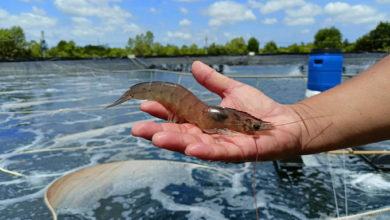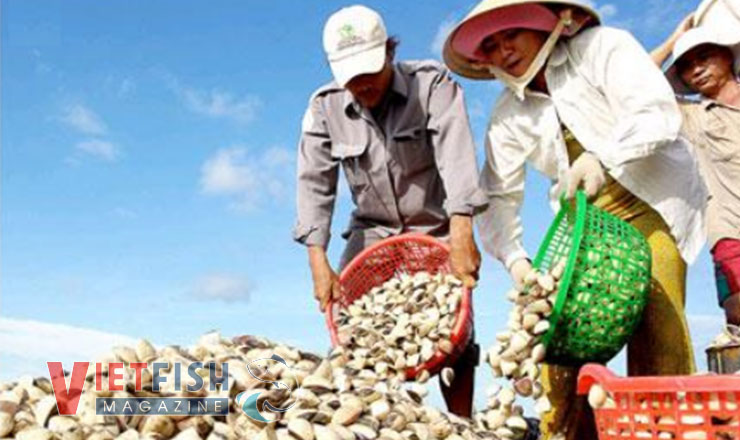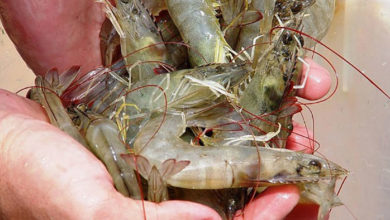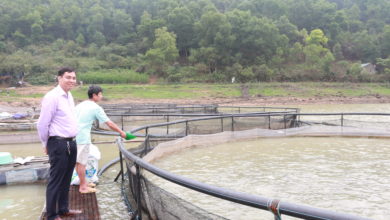Ba Ria – Vung Tau: Expanding effective high-tech shrimp farming models
High-tech shrimp farming has proven effective in Ba Ria – Vung Tau and several other provinces. However, favorable policies are still needed to further develop this farming model.
Ba Ria – Vung Tau is considered to have significant advantages for developing high-tech shrimp farming. According to Nguyen Van Cuong, Director of the Ba Ria – Vung Tau Agricultural Extension Center, the province, located in the Southeast region, benefits from a stable climate with consistent temperatures and few storms. Compared to the Mekong Delta provinces, Ba Ria – Vung Tau has a geographic advantage in transporting oxygenated shrimp (live shrimp transported with oxygen) to northern provinces during the winter months.
The water source in Ba Ria – Vung Tau also offers stable salinity levels. As a result, major corporations and businesses such as Minh Phu and C.P. Vietnam have invested in seed production systems and shrimp farming facilities in the province.
Despite these advantages, the development of high-tech shrimp farming in Ba Ria – Vung Tau has brought economic benefits to many businesses and farms but still faces significant challenges.
Nguyen Kim Chuyen, Director of the Quyet Thang Agricultural Cooperative (Ba Ria City, Ba Ria – Vung Tau Province), notes that one of the biggest obstacles to high-tech shrimp farming is capital, as this model requires substantial investment. Establishing a high-tech shrimp farm with a closed recirculating system in a greenhouse, like that of the Quyet Thang Agricultural Cooperative, requires an investment of around VND 5 billion.
Unstable shrimp prices also make shrimp farmers hesitant to invest in high-tech shrimp farming. Another obstacle lies in the mindset of the farmers. Recently, many shrimp farmers have failed, incurring losses, and had to mortgage their assets. Consequently, many are now anxious and uncertain about the potential outcomes of further investments. Despite recognizing the effectiveness of high-tech shrimp farming, many remain hesitant to invest in this model.
Given these challenges, Chuyen suggests that local authorities should pay attention to, review, and evaluate the high-tech shrimp farming models that businesses, cooperatives, and farmers have boldly implemented in the area. Specific evaluations should be conducted on these models regarding the appropriateness of the investments, economic benefits, environmental protection, disease safety, and food quality and safety.
Models that demonstrate good economic returns for farmers and the community, with no adverse environmental impact, and ensure food safety and disease control should be widely promoted through conferences, seminars, and discussions.
In addition, solutions to stabilize the market and pricing for Vietnamese shrimp are needed to reassure businesses, cooperatives, and farmers about investing in high-tech shrimp farming. Furthermore, policies providing loan and interest rate support to organizations and farming households are also necessary to encourage farmers to confidently invest in high-tech shrimp farming.
Chuyen emphasizes that with proper support and the right direction, high-tech shrimp farming will play a crucial role in ensuring the sustainable development of Vietnam’s shrimp industry in the future.
VFM






